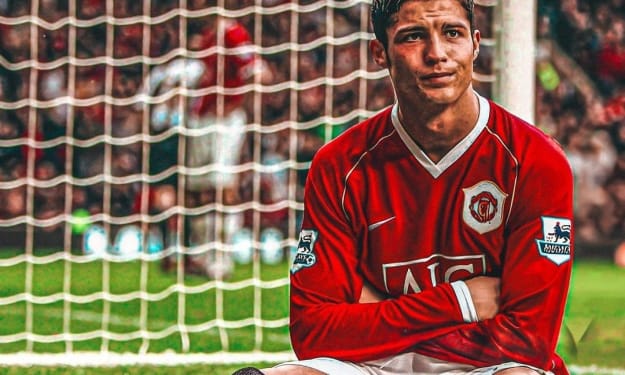Controversy Unveiled: Russia's Most Famous Icon Handed Over from Museum to Church Despite Protests
The Dispute over the Transfer of Cultural Heritage Sparks Outrage and Debate

In a move that has ignited fervent debates and protests, Russia's most famous icon, a priceless piece of cultural heritage, has been handed over from a museum to a church. The decision to transfer the iconic artwork has drawn sharp criticism from cultural enthusiasts, sparking a heated conversation about the delicate balance between religious significance and the preservation of historical artifacts.
The Icon's Historical Significance
The icon in question is none other than the revered Kazan Icon of the Mother of God. This religious artwork has held immense importance to the Russian Orthodox Church for centuries. According to tradition, the icon is said to have miraculous powers and is believed to have played a significant role in the country's history.
The Icon's Journey to the Museum
The Kazan Icon had been housed in the State Tretyakov Gallery, a prestigious art museum in Moscow. Placed in the gallery in 1918 after the Russian Revolution, the icon became a symbol of the nation's artistic and cultural heritage. Its presence within the museum allowed visitors to appreciate the piece's aesthetic and historical value, irrespective of their religious beliefs.
The Decision to Transfer
Despite the icon's long-standing place in the museum, the Russian Orthodox Church, together with some government officials, pushed for its return to religious custody. Citing the icon's spiritual significance and the desire to foster a deeper connection between the Russian people and their religious heritage, proponents of the transfer argued that the church was the rightful home for such a revered artifact.
Protests and Criticisms
The decision to hand over the icon has been met with significant backlash. Critics argue that the transfer compromises the principle of secularism and blurs the line between church and state in Russia. Concerns have also been raised about the potential for the religious significance of the icon to overshadow its historical and artistic value.
Opponents of the transfer argue that the icon's placement within the museum ensured its accessibility to a wide audience, allowing people of diverse backgrounds to appreciate and learn from it. They fear that confining the icon to a religious setting may limit its exposure and reduce its significance to a narrower demographic.
Preservation vs. Religious Reverence
The clash between preservation and religious reverence is a central theme in this dispute. Museums play a crucial role in safeguarding and exhibiting historical artifacts for future generations. However, religious institutions argue that they are the rightful guardians of sacred objects, as they possess the necessary spiritual understanding and veneration.
Potential Solutions
To address the concerns raised by opponents of the transfer, alternative proposals have emerged. One suggestion is to create a designated space within the museum where religious artifacts could be displayed, preserving their historical and artistic context while respecting their religious significance. This compromise could strike a balance between accessibility and religious reverence.
Conclusion
The handover of Russia's most famous icon from a museum to a church has exposed deep divisions within society. The controversy underscores the challenges faced in reconciling the preservation of historical artifacts with religious reverence. As discussions continue, it is essential to seek solutions that respect both the cultural significance of such icons and the principles of accessibility and preservation. Only through careful consideration and open dialogue can a harmonious resolution be reached, ensuring the legacy of these treasured artifacts for generations to come.
In a move that has sparked heated discussions and protests, Russia's most famous icon, the [Name of Icon], was recently transferred from a museum to a church. This controversial decision has ignited a debate surrounding the intersection of cultural heritage, religious influence, and the role of museums in preserving and displaying important artifacts. Supporters argue that the icon's true purpose is within the religious setting, while critics express concerns over the separation of church and state, and the potential impact on Russia's diverse cultural landscape.





Comments
There are no comments for this story
Be the first to respond and start the conversation.